Choose wisely: what are the most suitable 3D printing technologies to produce your custom insoles? The innovation of 3D printing is transforming every aspect of our daily lives, including how we take care of our health and well-being. One of the most recent and rapidly evolving sectors is the orthopedic industry, particularly dedicated to custom insoles.
This cutting-edge technology has revolutionized the production process of custom insoles, offering an unprecedented level of precision and comfort.
Over the past decade, 3D printing has emerged as a flexible and precise manufacturing method, liberating orthopedic professionals from manual craftsmanship and significantly reducing production times, costs, and material waste. This is achieved through a streamlined, faster, and less cumbersome workflow that integrates digital 3D technologies for the acquisition and design phases of orthotics.
However, since there are multiple additive manufacturing technologies available in the market, the results and the debate surrounding them can vary significantly depending on the manufacturing methods and processed materials. This raises doubts and questions about the advantages of one technology over another.
That's why we at CreaMED, among the first in Italy to introduce additive manufacturing solutions for custom insoles, have set out to clarify the potential of each desktop AM technology and conduct an in-depth comparative analysis
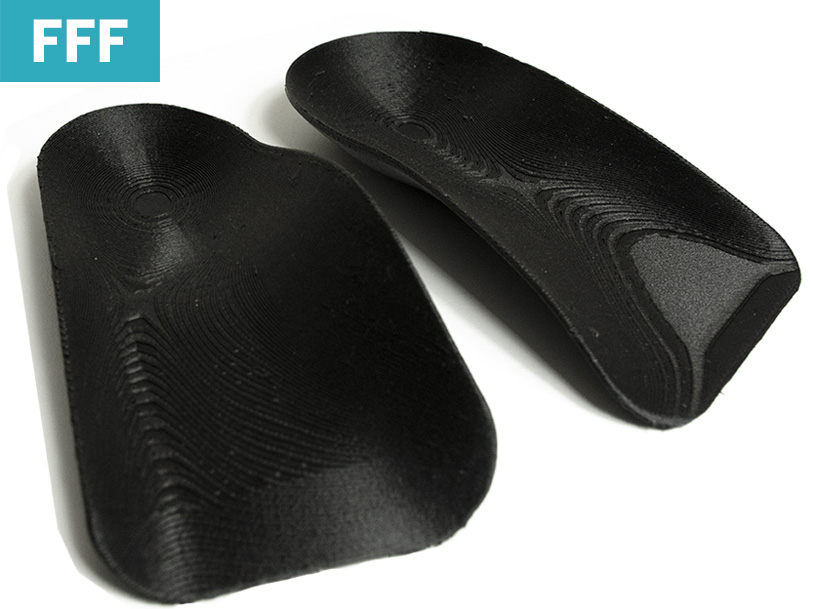
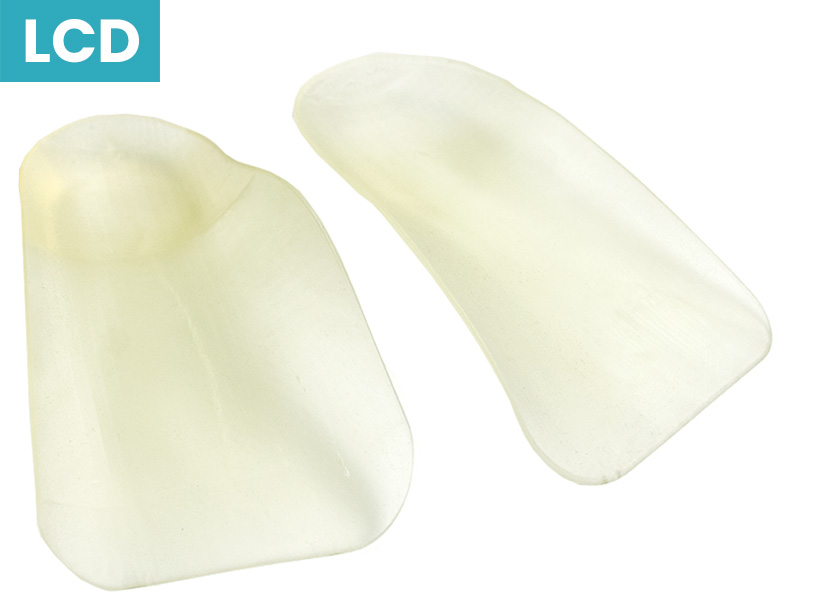

The study was conducted by specifically comparing the technology and results obtained from the following corresponding machines:ì
- FFF (FDM) Technology based on Raise3D E2/E2CF
- LCD Technology based on Shining3D L4D/L4K
- SLS Technology based on Sinterit LISA X.
For this study, the careful selection of test materials, based on mechanical properties comparable to those of traditional polypropylene sheets and resin typically used in corrective insoles, included:
- Filoalfa PPCF Filament (Polypropylene filled with carbon fiber), a material already widely appreciated by industry professionals for its good resistance, support, and flexibility, which are key evaluation parameters for the final insole.
- BASF ST45 Resin, offering an excellent balance between stiffness and elastic return.
- Sinterit PA12 Industrial Powder, chosen for its lightweight and mechanical stability.
Subsequently, the analysis focused on a production range ranging from 1 to 30 pairs of insoles per day, considering a variety of insoles with different thicknesses and corrections.
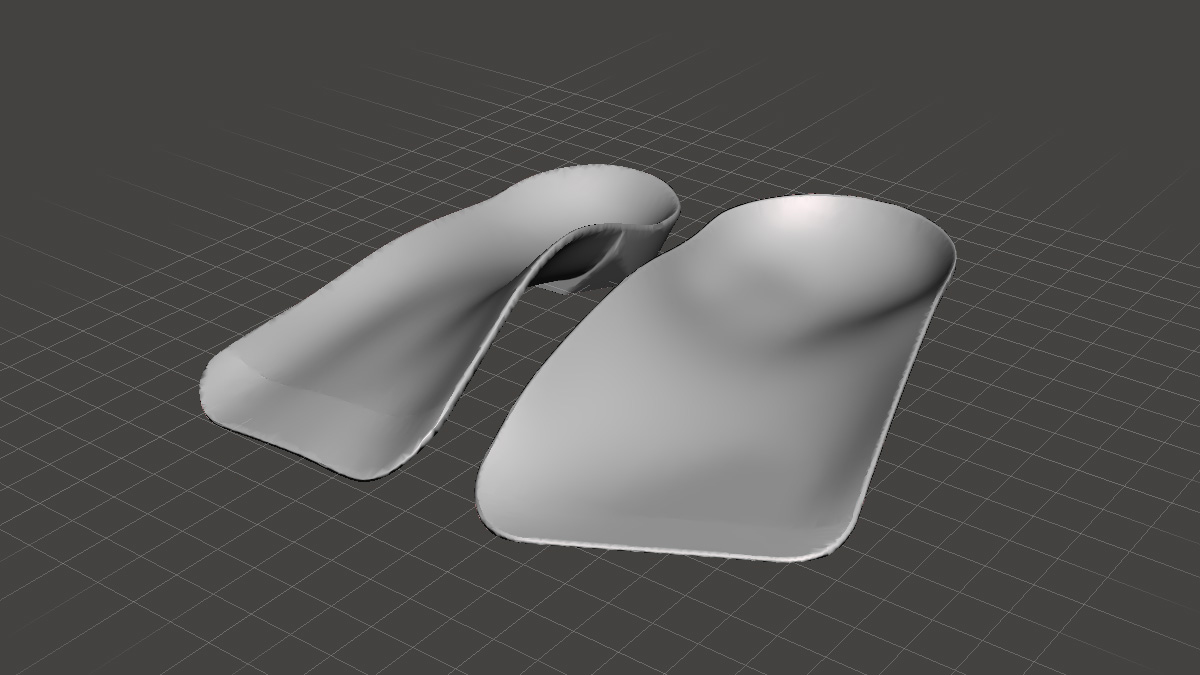
Accurate results related to the process and the obtained product were collected and compared, including:
- Production time per printing cycle
- Production capacity per printing cycle (in terms of the number of pairs producible per machine cycle)
- Cost of production for a single pair of insoles
- Weight and performance of the finished insole
1. Production time per printing cycle
When comparing the manufacturing times for a single pair of insoles, it becomes clear that resin and filament-based technologies operate with similar times, typically ranging between 2 and 5 hours when optimized for orientation and printing parameters. This represents a significant improvement compared to the 15 hours required for powder-based printing.
Moving forward, it is important to consider another aspect, which is the maximum production capacity per printing cycle. This advanced technology can handle the simultaneous production of multiple pairs in a reduced timeframe.
2. Production capacity per printing cycle
Following this analysis direction, SLS technology stands out as a leader, allowing to produce up to 10 pairs of orthotics in a single production cycle within the timeframe of a working day. Considering a shorter and more sustainable printing cycle for the laboratory, LCD/DLP resin technology ensures production of up to 3 pairs in just 5 hours, making it the optimal production solution for smaller-scale operations (see figure).
As for filament-based technology, it is advisable to proceed with one pair at a time, taking advantage of the cloud platform for managing project queues in a linear and efficient manner, which does not require specific post-print cleaning processes.
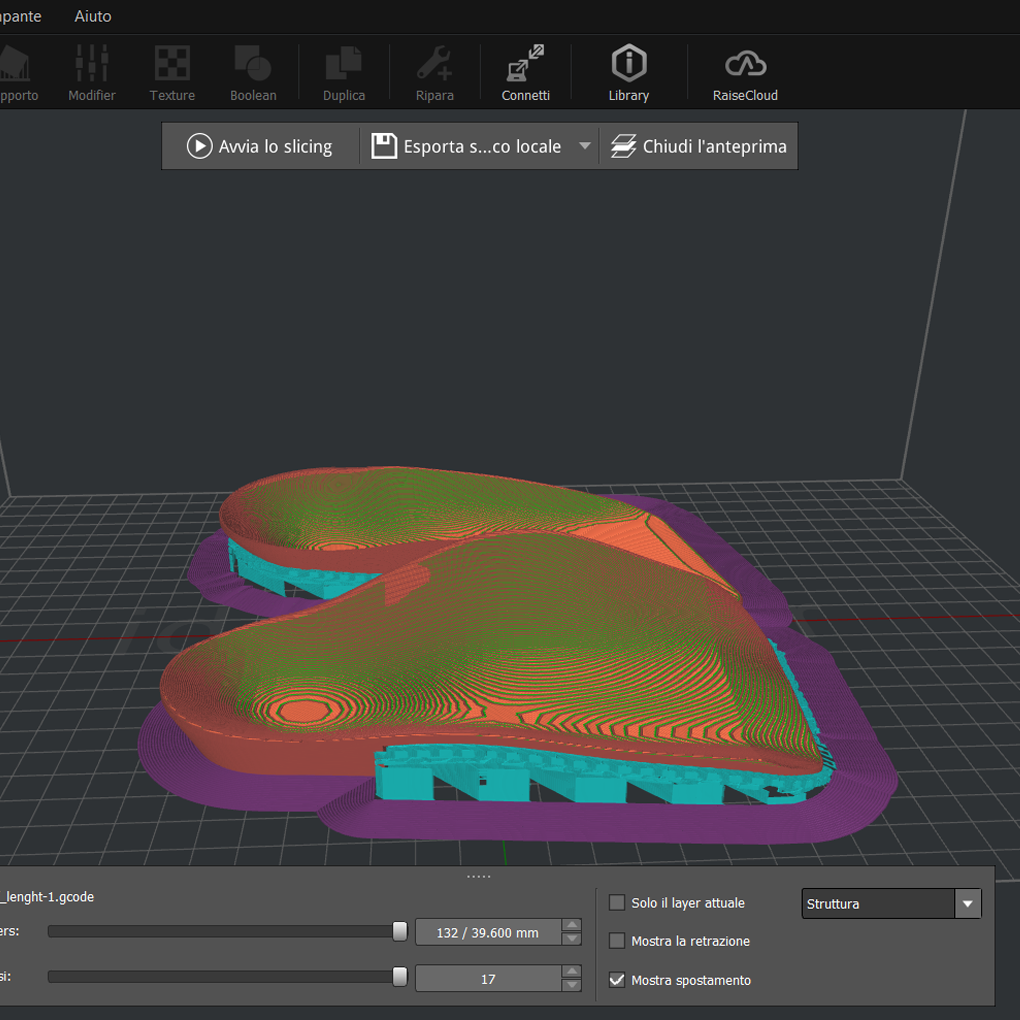

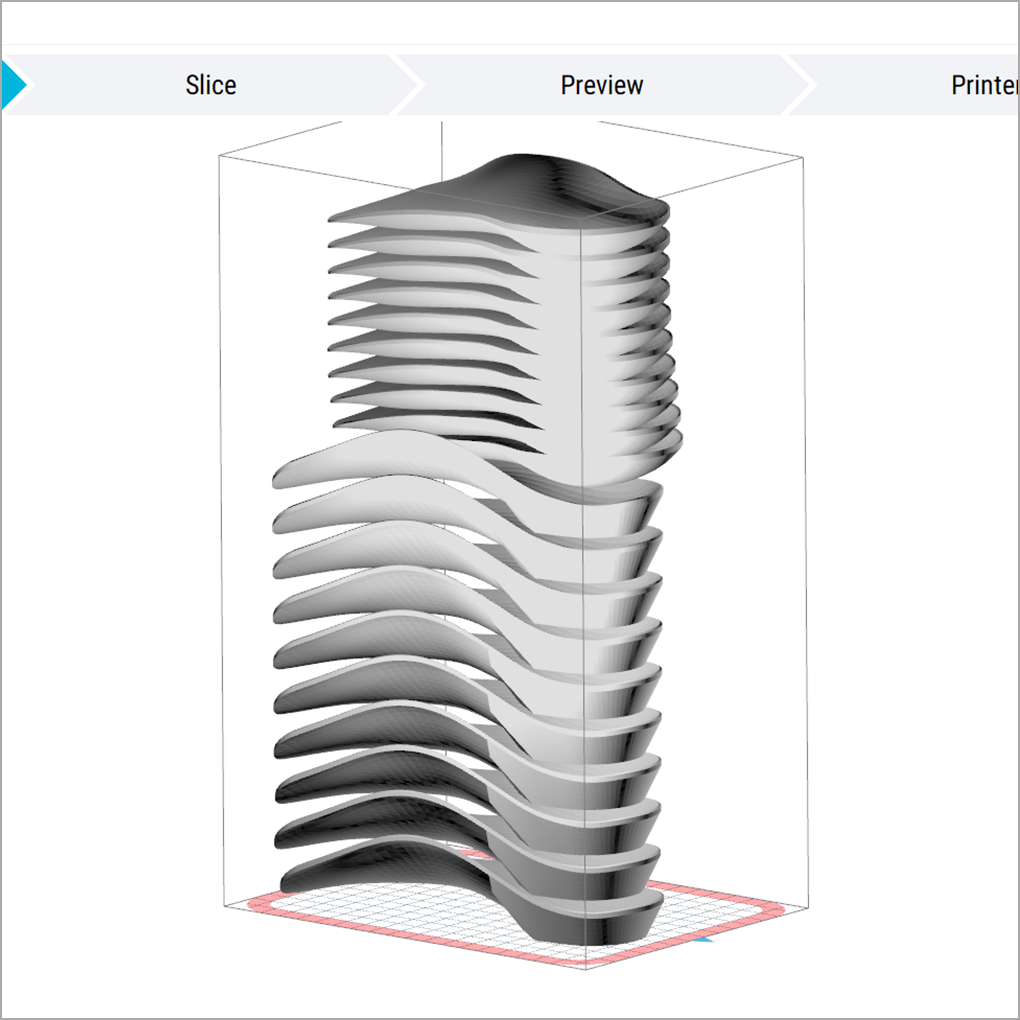

3. Cost of production for a single pair of insoles
Another crucial parameter of relevance concerns the cost of materials used in the production of a pair of orthotics. If we consider the materials included in the analysis, it becomes evident that higher costs are associated with powder. However, it's important to note that there is less waste, as the technology ensures up to 70% recycling of the powder required for each printing cycle.
As for filament and resin technologies, they require the production of additional support structures. Nevertheless, considering the material density, filament consumption will always be lower than that of resin. Consequently, emphasizing that the analysis at this point focuses solely on the cost of consumed material, printing a pair of insoles with filament turns out to be the most economically advantageous option. Conversely, for resin technology, the material used in the manufacturing process must also account for the chemicals (resin-saturated cleaner and isopropyl alcohol) needed for the post-processing phase
| 3D PRINTING TECHNOLOGY |
3D PRINTER | MATERIAL | MATERIAL WEIGHT +supports (g) |
MATERIAL COST 1Kg (€) |
PAIR COST (€) |
| FFF Filament |
Raise3D E2CF | Filoalfa PPCF | 113.7 | 70 | 7.95 |
| LCD Resin |
Shining3D L4K | BASF ST45 | 94 | 96 | 9.02 |
| SLS Powder |
Sinterit LISA X | PA12 Industrial | 78.12 | 130 | 10.33 |
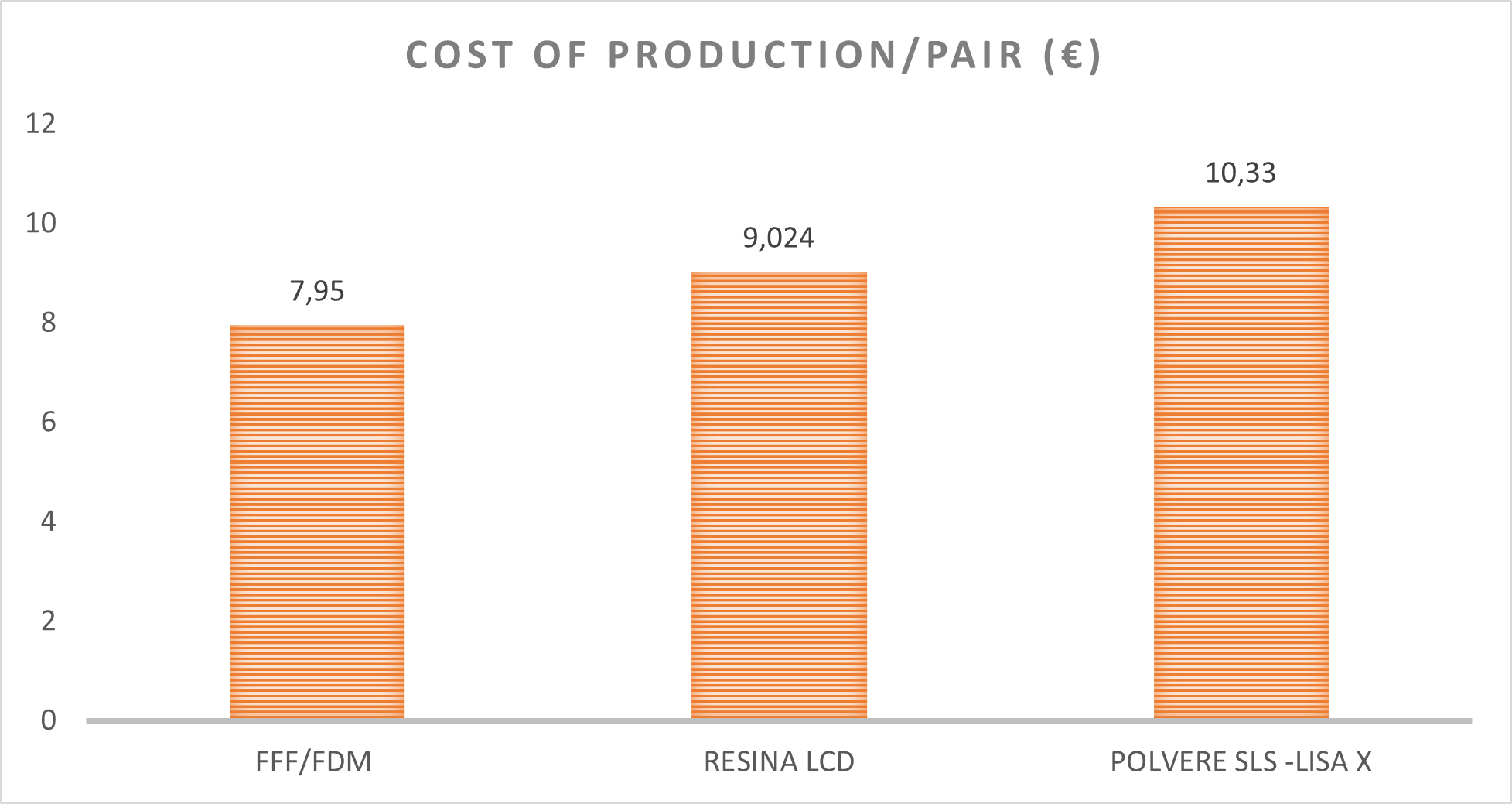
4. Weight and performance of the finished insole
The fundamental elements of functionality for a biomechanical and corrective insole are certainly:
- Proper arch support
- Effective cushioning that accommodates the phases of the walking cycle
- Lightweight design that promotes comfort and easy adaptation to footwear
Testing the mechanical properties of bending resistance and elastic rebound of the printed samples revealed that all three types of insoles perform similarly, particularly in providing support and cushioning. Subsequently, the weight of the insoles was evaluated.
From the analysis, it was observed that filament-printed insoles are 25% lighter than resin-printed ones, while powder-printed insoles have an average weight between the other two.
The primary characteristic that imparts lightness to FDM technology-produced insoles is the presence of carbon fibers, which reduce the material's density and, consequently, the overall weight of the insoles compared to those made with resin. The advantage of Carbon Fiber extends beyond the lightness it brings to the orthotic insole, as it also provides significant resistance to walking fatigue cycles when combined with polypropylene.
If we consider aesthetic appearance, on the other hand, resin and powder technologies offer better finishing and the possibility of incorporating customized logos and identification names.
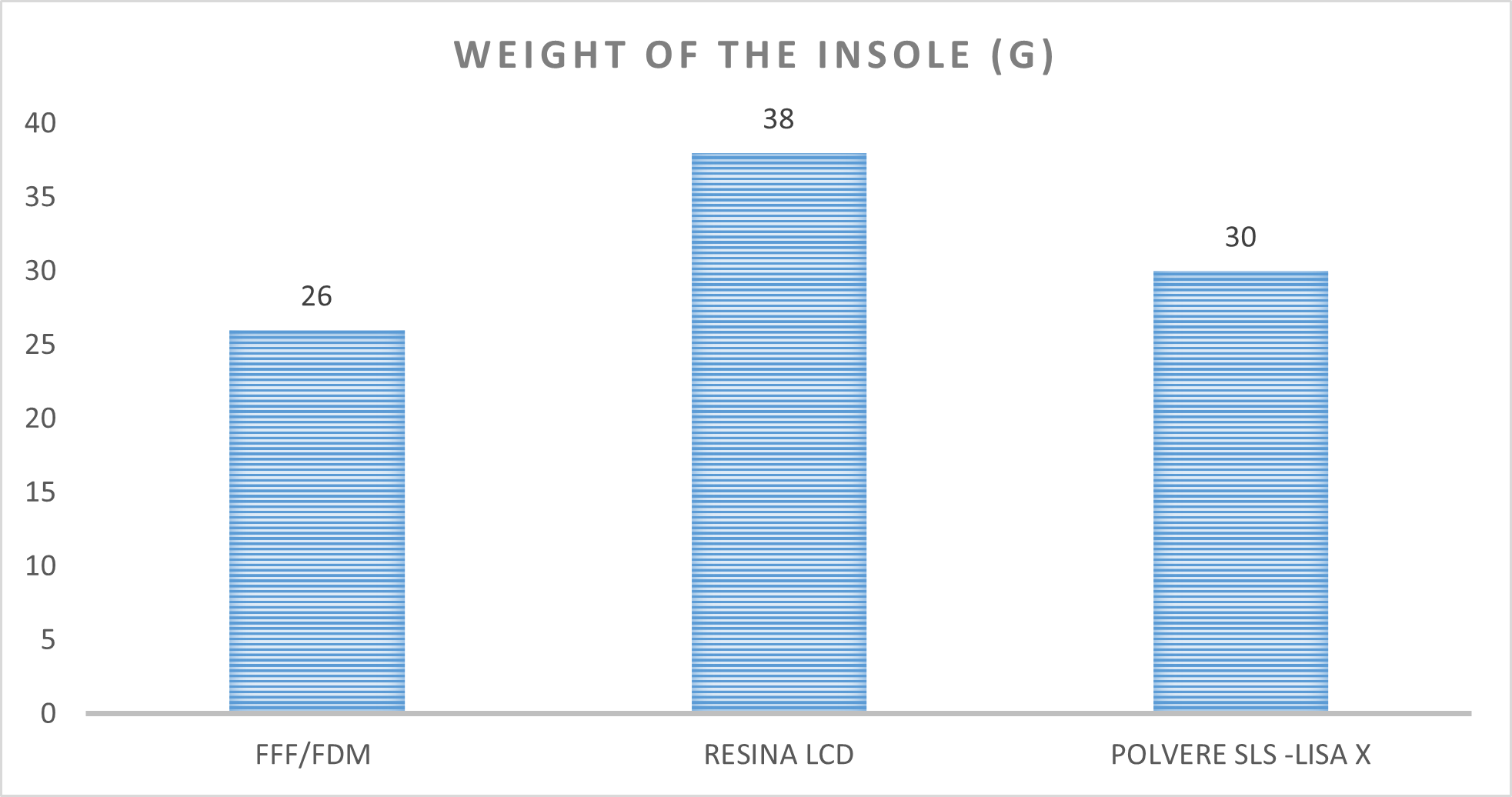
Conclusions
At the end of our analysis, SLS technology emerges as a suitable solution for the mass production of custom insoles in line with the needs of an orthopedic workshop, with the capability to produce tens of pairs per day. However, this solution also requires the availability of facilities and work environments that adhere to strict technical aspects and safety regulations, ensuring the installation of tools and machinery for material management processes.
On the same level, we can compare FDM and LCD technologies as desktop solutions, considering that each has its own merits. While resin technology allows the production of up to 3 pairs of insoles within the same time frame, the freshly printed pieces will require additional cleaning and post-production steps to achieve the finished product. Managing the washing and curing phases with specific equipment requires attention to the disposal of exhausted chemicals, including cleaners, isopropyl alcohol, and resin residues.
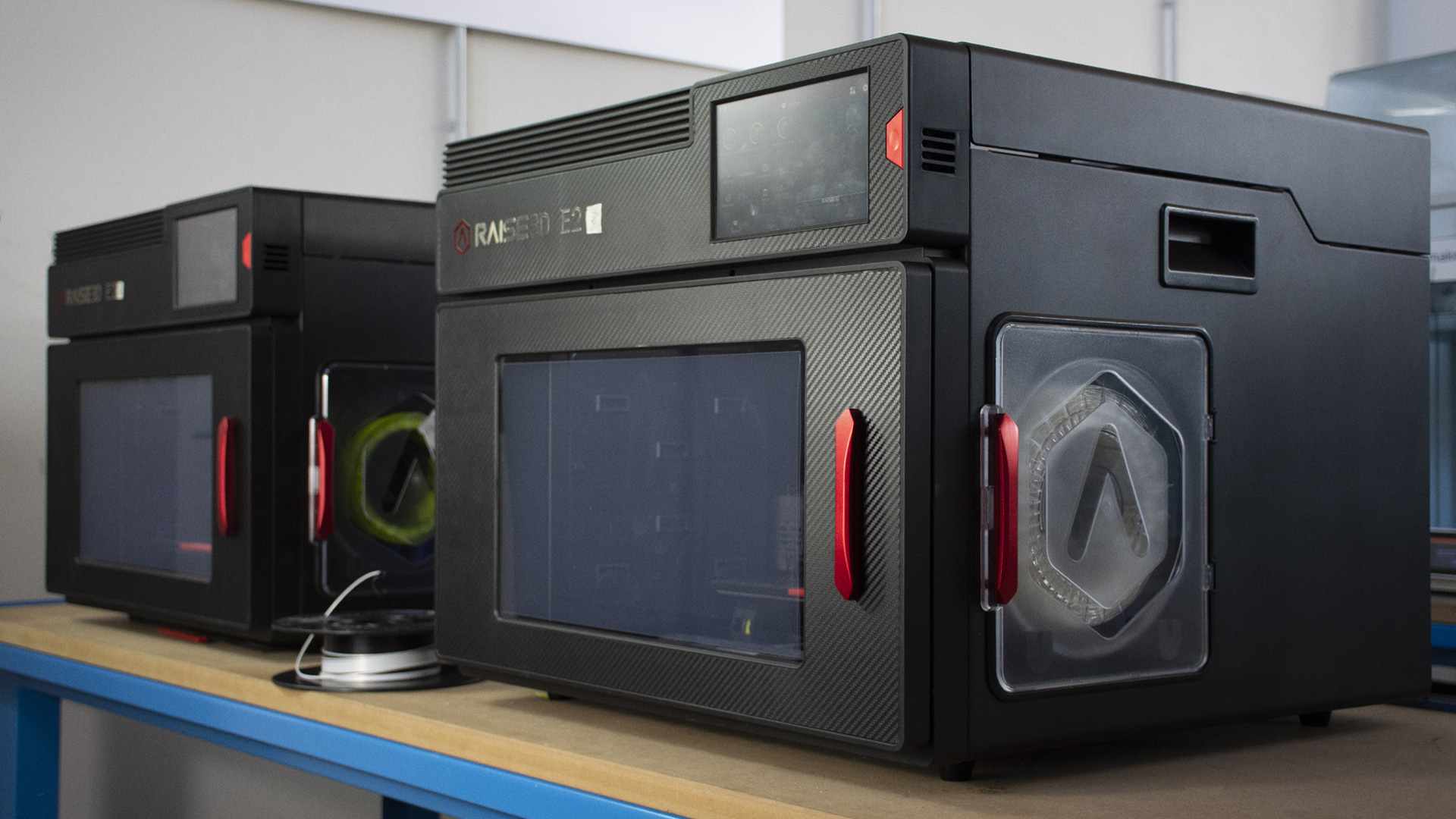
The optimal solution to maximize the efficiency of the streamlined production flow offered by filament technology is to implement a flexible and continuous production chain with at least two Raise3D E2/E2 CF printers capable of handling the current production volumes in clinics. This configuration allows to redouble overall efficiency and productivity of the process.
| 3D PRINTING TECHNOLOGY |
3D PRINTER | MATERIAL | 3D PRINTING TIME PAIR (h) |
POST-PROCESSING TIME (min) |
PRODUCTION CAPACITY PER PRINTING CYCLE |
| FFF Filament |
Raise3D E2CF | Filoalfa PPCF | 7 | 5-10 | 1 |
| LCD Resin |
Shining3D L4K | BASF ST45 | 5 | 40 | 3 |
| SLS Powder |
Sinterit LISA X | PA12 Industrial | 15 | 60 | 10 |
In conclusion, there is no one-size-fits-all solution for the industry as all these 3D printing technologies have the potential to create custom orthotic insoles.
The choice among these technologies will depend on the specific needs of the professional, the field of specialization they work in, the patient flow they deal daily, and consequently, the scale of their operation and the availability of personnel to operate the machines.
However, the constant evolution of technology will lead us to continue our study. The next steps will involve identifying new materials, further optimizing production times and costs, and reducing waste.






